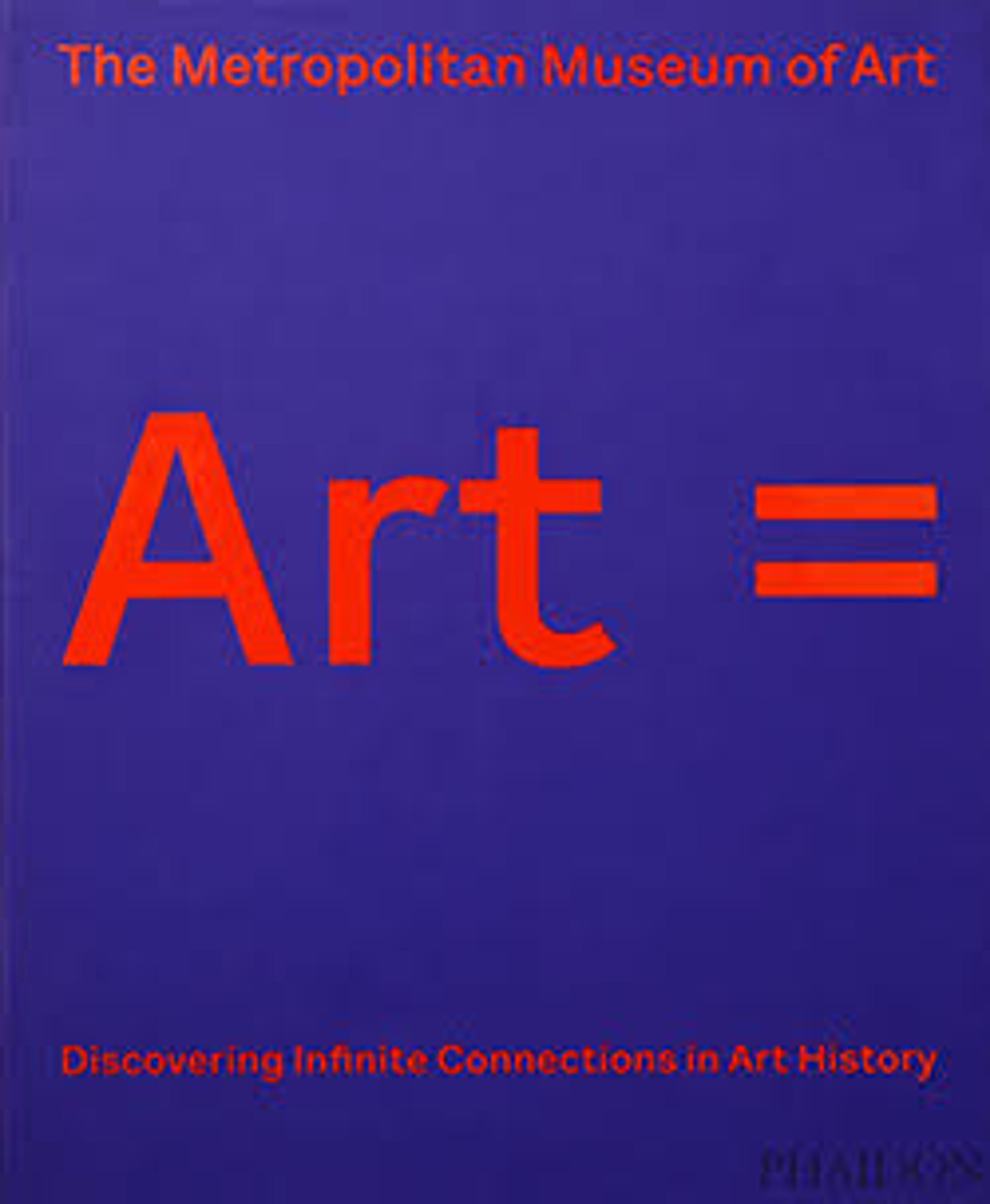English
Vessel terminating in the forepart of a stag
By 1700 B.C., people speaking Hittite—an Indo-European language—had founded a capital at Bogazköy (ancient Hattusha) and, under a series of powerful kings, established a state in central Anatolia. The Hittite army attacked and partly destroyed Babylon in 1595 B.C., and in 1285 B.C. fought a battle against the Egyptian king Ramesses II at Qadesh in Syria.
This silver drinking vessel in the form of a stag was hammered from one piece that was joined to the head by a checkerboard-patterned ring. Both the horns and the handle were attached separately. A frieze depicting a religious ceremony decorates the rim of the cup, suggesting the uses for which the cup was intended. A prominent figure, thought to be a goddess, sits on a cross-legged stool, holding a bird of prey in her left hand and a small cup in her right. She wears a conical crown and has large ears, typical of Hittite art. A mushroom-shaped incense burner separates her from a male god who stands on the back of a stag. He, too, holds a falcon in his left hand, while with his right he grasps a small curved staff. Three men are shown in profile, moving to the left and facing the deities. Each holds an offering to the divinities. Behind the men is a tree or plant against which rests the collapsed figure of a stag. Hanging from the tree is a quiver with arrows and an object that appears to be a bag. Two vertical spears complete the frieze and separate the stag from the goddess.
Cult scenes or religious processions are commonly represented in the art of the Hittite Empire, and texts make frequent reference to trees and plants associated with rituals or festivals. The texts also tell us that spears were venerated objects, so it is possible that the stag, killed in hunt, as is suggested by the quiver and bag, was being dedicated to the stag god. Hittite texts also mention that animal-shaped vessels made of gold, silver, stone, and wood, in the appropriate animal form, were given to the gods for their own use. Though the precise meaning of the frieze on this vessel remains a matter of conjecture, it is possible that it was intended to be the personal property of the stag god.
This silver drinking vessel in the form of a stag was hammered from one piece that was joined to the head by a checkerboard-patterned ring. Both the horns and the handle were attached separately. A frieze depicting a religious ceremony decorates the rim of the cup, suggesting the uses for which the cup was intended. A prominent figure, thought to be a goddess, sits on a cross-legged stool, holding a bird of prey in her left hand and a small cup in her right. She wears a conical crown and has large ears, typical of Hittite art. A mushroom-shaped incense burner separates her from a male god who stands on the back of a stag. He, too, holds a falcon in his left hand, while with his right he grasps a small curved staff. Three men are shown in profile, moving to the left and facing the deities. Each holds an offering to the divinities. Behind the men is a tree or plant against which rests the collapsed figure of a stag. Hanging from the tree is a quiver with arrows and an object that appears to be a bag. Two vertical spears complete the frieze and separate the stag from the goddess.
Cult scenes or religious processions are commonly represented in the art of the Hittite Empire, and texts make frequent reference to trees and plants associated with rituals or festivals. The texts also tell us that spears were venerated objects, so it is possible that the stag, killed in hunt, as is suggested by the quiver and bag, was being dedicated to the stag god. Hittite texts also mention that animal-shaped vessels made of gold, silver, stone, and wood, in the appropriate animal form, were given to the gods for their own use. Though the precise meaning of the frieze on this vessel remains a matter of conjecture, it is possible that it was intended to be the personal property of the stag god.
Artwork Details
- Title:Vessel terminating in the forepart of a stag
- Period:Hittite Empire
- Date:ca. 14th–13th century BCE
- Geography:Central Anatolia
- Culture:Hittite
- Medium:Silver, gold inlay
- Dimensions:7 1/16 × 5 5/16 × 7 1/16 in., 0.7 lb. (18 × 13.5 × 18 cm, 0.3 kg)
- Credit Line:Gift of Norbert Schimmel Trust, 1989
- Object Number:1989.281.10
- Curatorial Department: Ancient West Asian Art
Audio
7030. Vessel terminating in the forepart of a stag
0:00
0:00
We're sorry, the transcript for this audio track is not available at this time. Please email info@metmuseum.org to request a transcript for this track.
More Artwork
Research Resources
The Met provides unparalleled resources for research and welcomes an international community of students and scholars. The Met's Open Access API is where creators and researchers can connect to the The Met collection. Open Access data and public domain images are available for unrestricted commercial and noncommercial use without permission or fee.
To request images under copyright and other restrictions, please use this Image Request form.
Feedback
We continue to research and examine historical and cultural context for objects in The Met collection. If you have comments or questions about this object record, please contact us using the form below. The Museum looks forward to receiving your comments.
